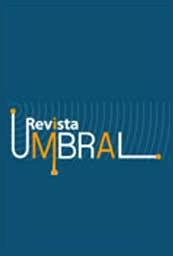Abstract
The Rio Grande de Loíza basin of Puerto Rico is the largest on the island, composed of 15 sub-basins. These rivers are contaminated with pathogens related to Communities Without Sanitary Sewerage denominated ComSAS, which use defective septic tanks or direct discharges to water bodies. The Federal Environmental Protection Agency describes it as the highest priority for attention. The research raises the objective of developing a geospatial model to be incorporated into the process of compliance with the Clean Water Act. It includes the design of an ad hoc methodology, which selects the environmental factors and establishes the parameters to prioritize the areas by level and type of risk. The multi-criteria analysis incorporated the geographic information layers including structures/km2, the proximity to rivers, the classification of land use, and the presence of type D hydrologic soil group. The result generated the shapefile layer that identifies 27 % of the study area as high and very high risk. State and federal agencies will be able to incorporate this innovation tool into the decision-making process to quickly assess high-risk communities.

